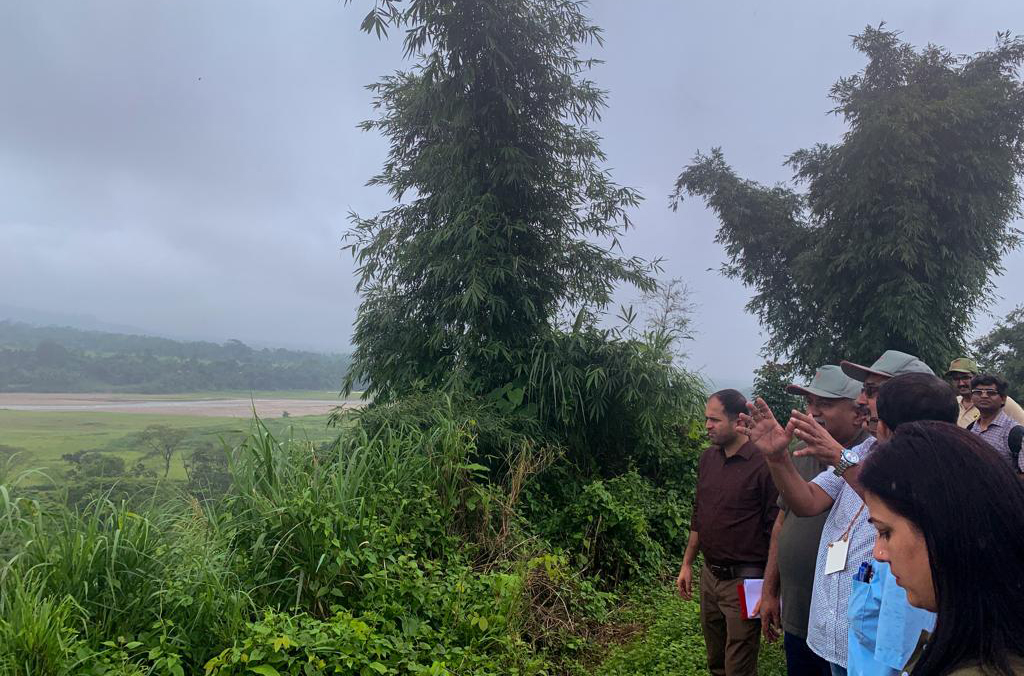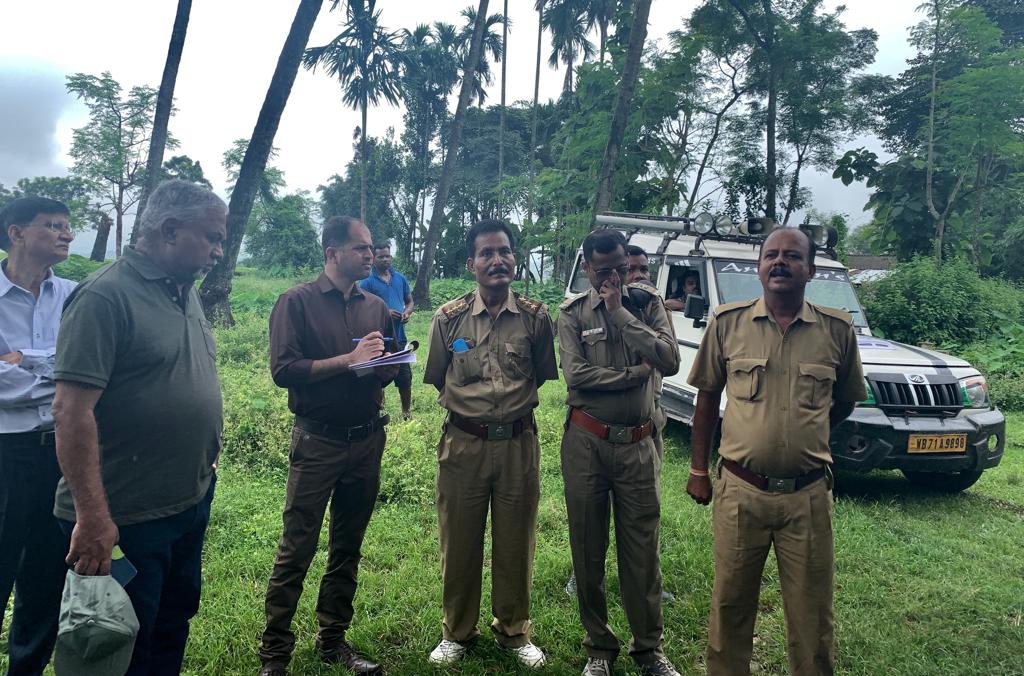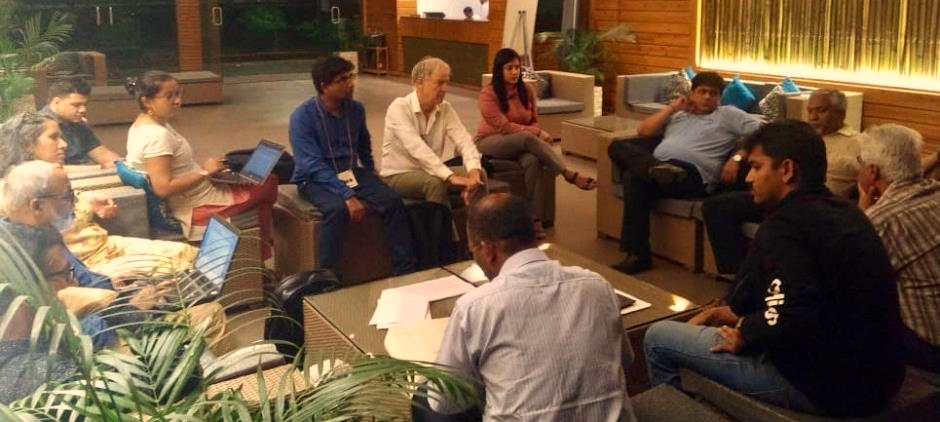01 Aug, 2019
The Indo-German Project “Human Wildlife Conflict Mitigation (HWC)” in India organised a two-day meeting for the authors of the Standard Operating Procedures (SOP) for mitigating human-elephant conflict for further development of the document from 30th July to 1st August 2019 at Hotel Sinclairs Retreat, Chalsa- Doors, West Bengal.
.jpg)
Day 1 started with a welcome note from Dr Neeraj Khera, GIZ who gave an overview of the Human Wildlife Mitigation in India project. The first day focused on the overall concept and plan of the guidelines based on previous workshops. Dr Ajay Desai (Coordinating Lead Author) presented the current outline of the SOP document accompanied by discussion and confirmation on the approach and key elements for developing the SOP and consolidation of the content in specific sections. The session was moderated by Dr Ajay Desai and Dr Dibyendu Mandal. Ms Alka Tomar and Mr Ramesh Menon provided inputs on stakeholder engagement, Dr Aditi Sharma and Mr Shivrambabu further worked upon ‘Occupational Health and Safety’ section of the SOP. Mr Marai Christu Raja and Surendar Gugloth further developed the decision-making- tree in the case of Human Elephant Conflict situations while Mr Roy P Thomas and Dr Upma Manral provided inputs on identification of specific gaps and legal aspects of human-elephant conflict.
The day ended with consolidation of the specific information and knowledge gaps vis-à-vis the elephant SOP to be filled-in via studies and surveys.
The day 2 started with a field visit to Gorumara National Park and adjoining landscape to create a setting for discussing through the real cases. The group was joined by 30 participants of the one-week training course – forest officers from areas of high human-elephant conflict in West Bengal, Uttarakhand and Karnataka to facilitate knowledge exchange.
.jpeg)




The visit included specific discussions on:
The day 3 started with the consolidation of feedback from the field visit and its incorporation in the specific section of the SOP. This was followed by a discussion on the role of Media in HWC and human-elephant conflict.
A consultation meeting on good practices in engaging Media in HWC Mitigation followed, and the SOP group was joined by 30 participants of the one-week training course – forest officers from areas of high human-elephant conflict. The meeting focused on key issues, current good practices and opportunities for Media engagement vis-a-vis human-wildlife conflict. The participants worked on the outline of the Media SOP, and key elements on media engagement that need to go in the Elephant SOP. They also confirmed the approach and key elements for developing the SOPs.

The workshop concluded with finalisation of the work plan for completing the document with meeting schedule of authors and confirmation on presentation of the sub-zero draft in the National Workshop. The day ended with a brainstorming session where the Elephant SOP group members and training resource person shared the proceedings with Mr Soumitra Dasgupta, Inspector General of Forest (Wildlife) MoEF&CC and fine-tuned the strategic and operational details of the SOP.
*
About the project
The Human-Wildlife Conflict Mitigation (HWC) project implemented by GIZ in partnership with the Ministry of Environment, Forest and Climate Change aims at providing technical support at the national level, and effective implementation of HWC mitigation measures in selected states of India. The project pilot sites are: Haridwar Forest Division and adjoining landscape including Rajaji Tiger Reserve in Uttarakhand, Gorumara Wildlife Division in West Bengal, and Kodagu Forest Circle in Karnataka.
The main objective of the project is that the rural population in project areas, where agreed guidelines and tools are applied to mitigate human-wildlife conflict, is better protected against it. The project takes the approach of harmonious coexistence, by ensuring that both—human and wildlife—are protected from conflict. Read More
For more information contact: biodiv.india@giz.de
© 2014 IGBP. All Rights Reserved.
Site By: Virtualpages
